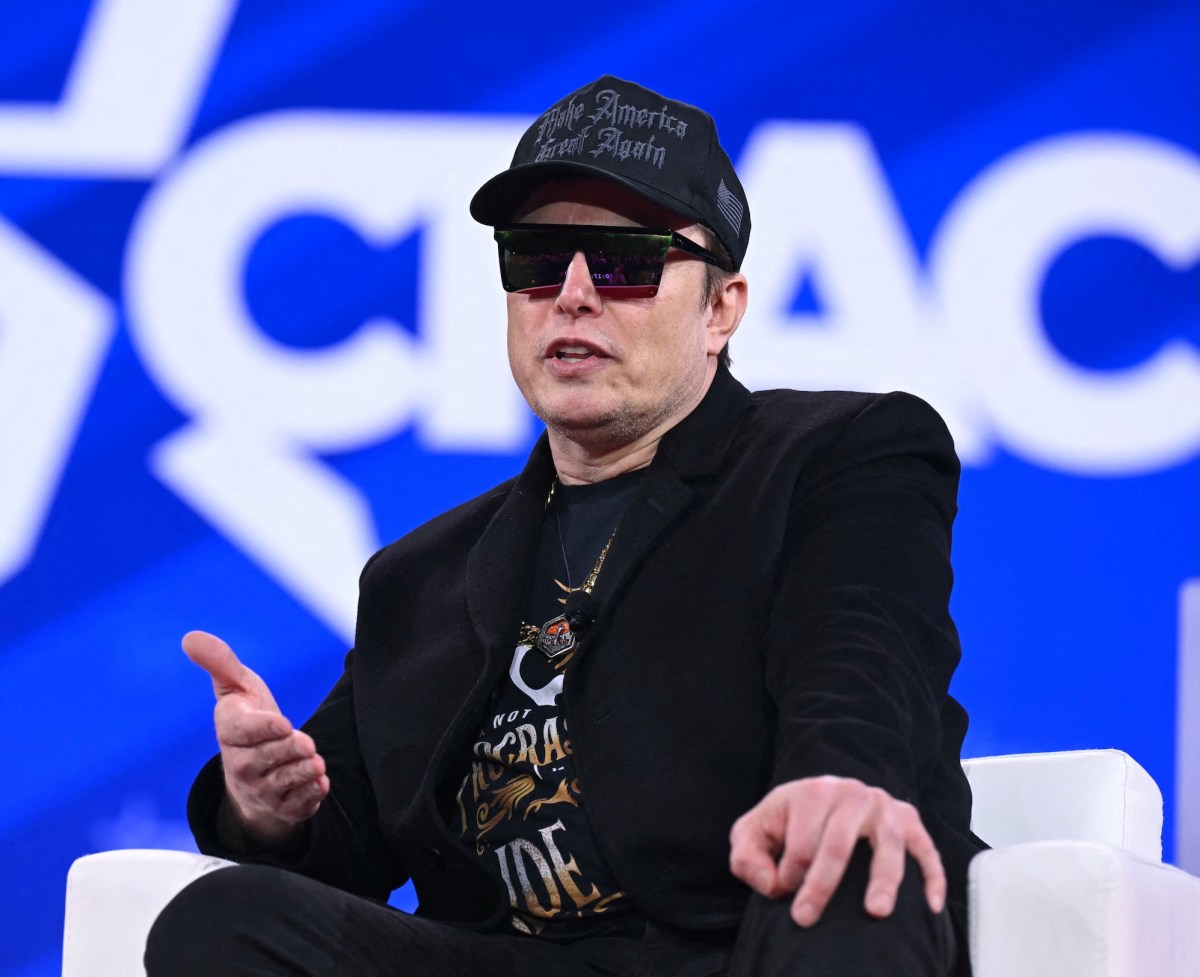Tesla’s Fourth Master Plan Criticized for Vague Goals and Unmet Promises

Key Points
- Tesla released a fourth Master Plan centered on humanoid robots, sustainable energy and autonomous services.
- Critics highlight the plan's lack of concrete details and measurable targets.
- Previous master plans promised specific products like a solar‑roof, semi‑truck and electric bus, many of which remain unrealized.
- A limited robotaxi trial still requires safety monitors, showing the gap between vision and current technology.
- Elon Musk acknowledged the criticism and suggested more specifics may be added later.
Tesla unveiled its fourth “Master Plan,” outlining ambitions to lead in humanoid robots, sustainable energy and autonomous services. Critics say the document lacks concrete details, repeating broad language without measurable targets. The plan follows earlier master plans that promised specific products such as a solar‑roof‑with‑battery, compact SUVs, a semi‑truck, a pickup and an electric bus, many of which remain unrealized or in limited testing. Observers note that while Tesla is experimenting with an invite‑only robotaxi service, safety monitors still ride in the passenger seat, highlighting the gap between the vision and current capabilities.
Overview of the Fourth Master Plan
Tesla released its fourth Master Plan, presenting a concise vision that the company aims to spearhead worldwide adoption of humanoid robots and sustainable energy solutions. The document is framed in lofty language, emphasizing meritocracy, opportunity and the creation of a future where technology enables individuals to achieve their aspirations.
Lack of Specificity
Multiple analysts and observers have pointed out that the plan is missing a critical component: concrete specifics. The narrative is described as “gauzy” and “generic,” resembling a collection of talking points rather than a detailed roadmap. Critics argue that without measurable goals or timelines, the plan offers little guidance on how Tesla intends to translate its ambitions into reality.
Comparison to Earlier Master Plans
Tesla’s previous master plans each carried distinct, detailed promises. The second plan pledged a smoothly integrated solar‑roof‑with‑battery product, a compact SUV, a semi‑truck, a pickup, an electric bus, fully autonomous software upgrades, and a shared vehicle network. While the Model Y fulfilled the compact SUV promise, other initiatives such as the semi‑truck, Cybertruck, and electric bus have not reached commercial scale. Autonomous capabilities remain limited, with a small, invite‑only robotaxi trial that still requires, and safety monitors occupying the front passenger seat.
The third plan expanded on the vision with a 41‑page white paper that backed up projections for a sustainable economy. Yet many of the outlined achievements have not materialized, and the company continues to generate the majority of its revenue from electric vehicle sales rather than the broader AI and robotics narrative that Elon Musk frequently promotes.
Current Initiatives and Testing
At present, Tesla is testing a robotaxi service in a limited setting, but the presence of safety monitors underscores the ongoing need for human oversight. The company’s hardware revisions over the past nine years suggest that a significant number of vehicles on the road may lack the necessary technology to achieve full autonomy as originally promised.
Public and Internal Reception
Elon Musk’s own comments on the plan acknowledge the criticism regarding its lack of detail, indicating that additional information may be added later. However, the timing of the release—on a federal holiday—combined with Musk’s concurrent social media activity, has drawn further scrutiny and skepticism about the plan’s seriousness.
Implications for Investors and the Market
The second and third master plans were previously hosted on Tesla’s website but have since been removed, reflecting a broader shift in how the company presents its long‑term strategy. The new plan’s vague language makes it challenging for investors to assess progress against stated objectives, potentially affecting market perception of Tesla’s future growth prospects.
Conclusion
Tesla’s fourth Master Plan presents an ambitious, high‑level vision focused on robotics, sustainable energy and autonomous mobility. Yet, without clear, measurable targets, the plan leaves many unanswered questions about how the company will achieve these goals, especially given the incomplete execution of earlier promises. The gap between vision and current capabilities continues to be a focal point for analysts, investors and the broader public.